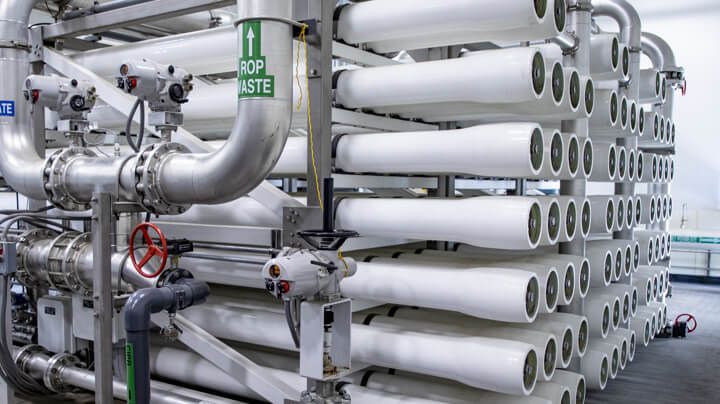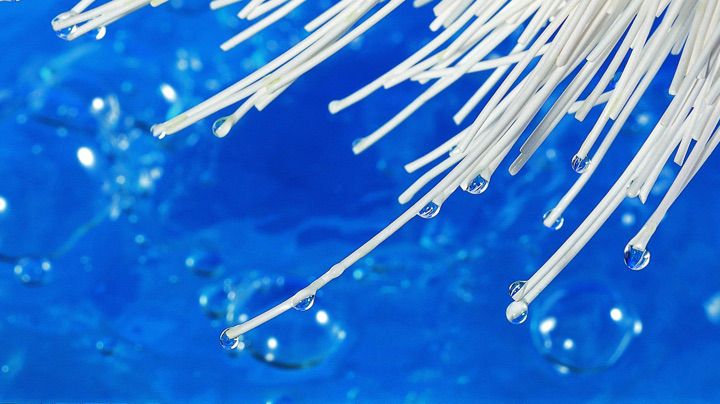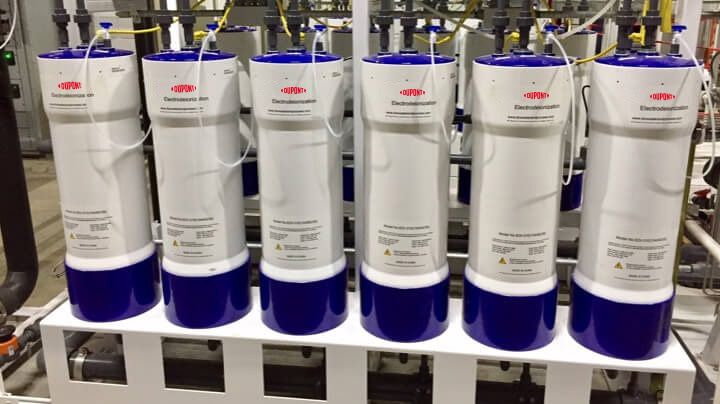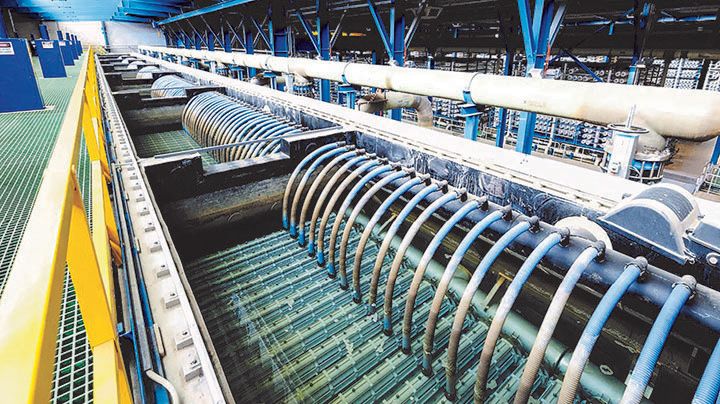Technologies
We help customers make significant advancements by continuously innovating in the water filtration and purification technologies that form the core of DuPont Water Solutions.

Reverse Osmosis (RO)
RO is a pressure-driven separation process that reduces the smallest of solute particles and treats most ions and large molecules in the water.

Nanofiltration (NF)
NF is a pressure-driven separation process positioned between reverse osmosis and ultrafiltration used to treat color and pesticides, and to partially soften the water.

Ultrafiltration (UF)
UF uses a membrane barrier to exclude colloids, bacteria, and more; for pretreatment in demineralization, industrial water production, drinking water production, or wastewater reuse.

Ion Exchange (IX)
IX uses polymeric resins capable of exchanging ions; applications include softening, bulk demineralization, trace contaminants removal, and condensate water polishing.

Electrodeionization (EDI)
EDI is used as a polisher for boiler and ultrapure water makeup and can deliver the lowest conductivities, sodium, and silica in the product without chemical regeneration.

Membrane Bioreactor Systems (MBR)
Our MemPulse™ portfolio provides industry-leading efficiency through pressurized and submerged ultrafiltration technology and membrane bioreactor systems.

Membrane Aerated Biofilm Reactor Modules (MABR)
Our OxyMem portfolio helps wastewater treatment plants reach their goals with 'drop-in' membrane aerated biofilm reactor modules.

Closed Circuit Reverse Osmosis (CCRO)
Systems can achieve up to 98% while operating under real-world conditions, a mark that most other reverse osmosis systems have yet to achieve.